Heineken has committed to increasing its share of renewable energy in production from the current 14% level to 70% in 2030. The Dutch brewing company also announced that it will set carbon emissions reduction goals for distribution, cooling, and packaging through a new program called Drop the C.
Throughout the past year, Heineken identified projects worldwide that can contribute to reaching the new 2030 renewable energy goal in production. The targets will be externally verified by the Science Based Targets initiative, the company says.
At the moment, 29% of Heineken’s total global electricity usage comes from renewable sources. Heineken’s brewery in Massafra, Italy, has 3.3 MW of solar capacity, the Göss brewery in Austria is carbon neutral, solar energy is being used for brewing in Singapore, and both wind energy and solar power are used in the Netherlands.
Heineken’s Wieckse beer brewery in Den Bosch, the Netherlands, has a rooftop solar system completed in 2013 with an annual capacity of 855,000 kWh. The self-consumption solar system was the first installation of its size in the Netherlands without feed-in tariffs or subsidies, according to a case study from solar company REC, which made the 3,683 solar panels used there. All the electricity produced goes directly into beer production there.
“Now is the right time to set ourselves new targets,” Jean-François van Boxmeer, Heineken’s chairman and CEO, said in the announcement. “When I visit our breweries I want to see that we are brewing with real green energy and that we are not achieving our reduction targets by buying unbundled certificates.”
Over the past decade, carbon emissions at Heineken breweries have decreased by 41%, and the company already reached its 2020 emission targets in production last year.
In the next two years, Heineken plans to set the emission reduction targets for distribution, cooling, and packaging. This is the first time the company is including packaging, which represents a significant portion of the brewer’s carbon footprint. The company says that packaging may also prove to be the most challenging area to tackle since it involves broad coordination across the industry as well as changes to consumer behavior.
“Collaboration will be needed to increase the recycling rate of materials used in cans and bottles, reduce the amount of glass and other materials used in packaging, and to support suppliers to move to renewable energy in their factories,” the brewer says.
The program name Drop the C refers to cutting carbon from CO2 to leave oxygen, and is a wordplay on combatting rising sea levels. Heineken operates breweries and other production facilities in more than 70 countries worldwide.
Source: environmentalleader.com

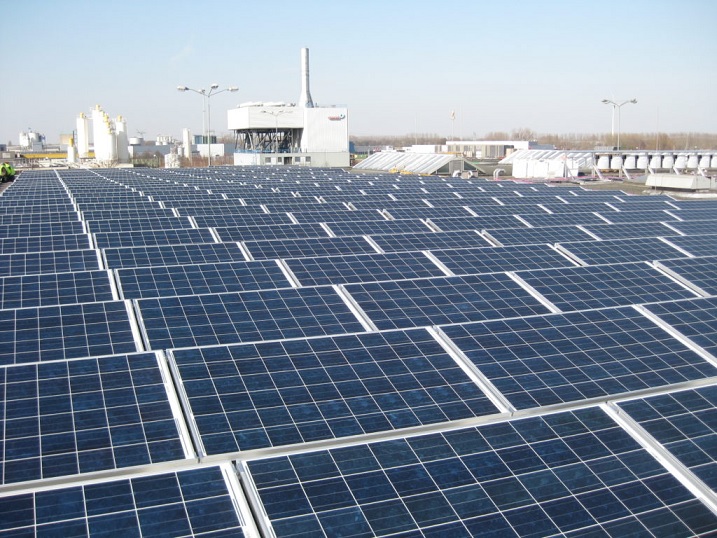


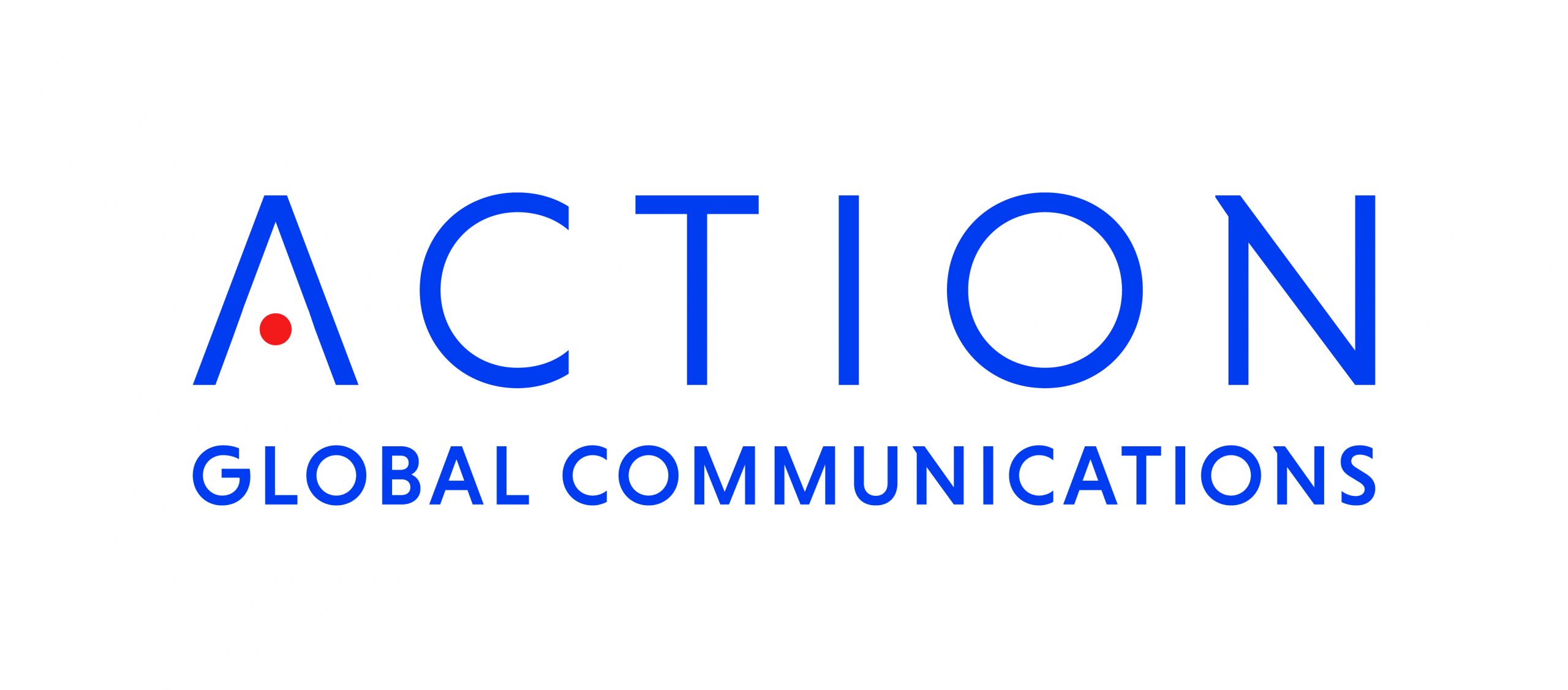


















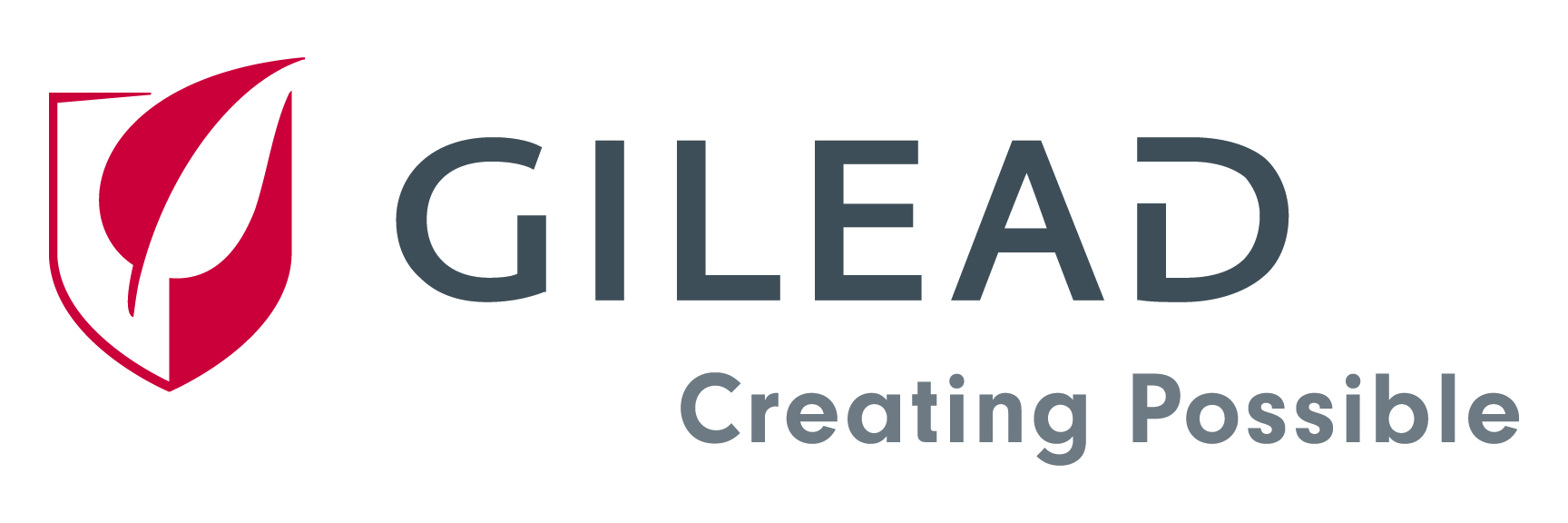



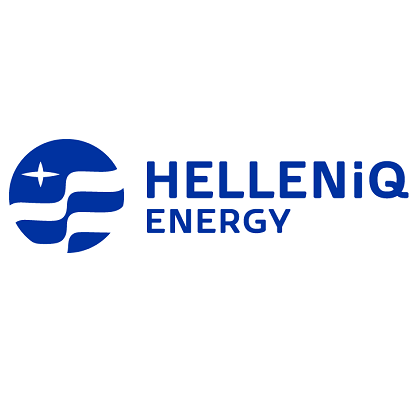

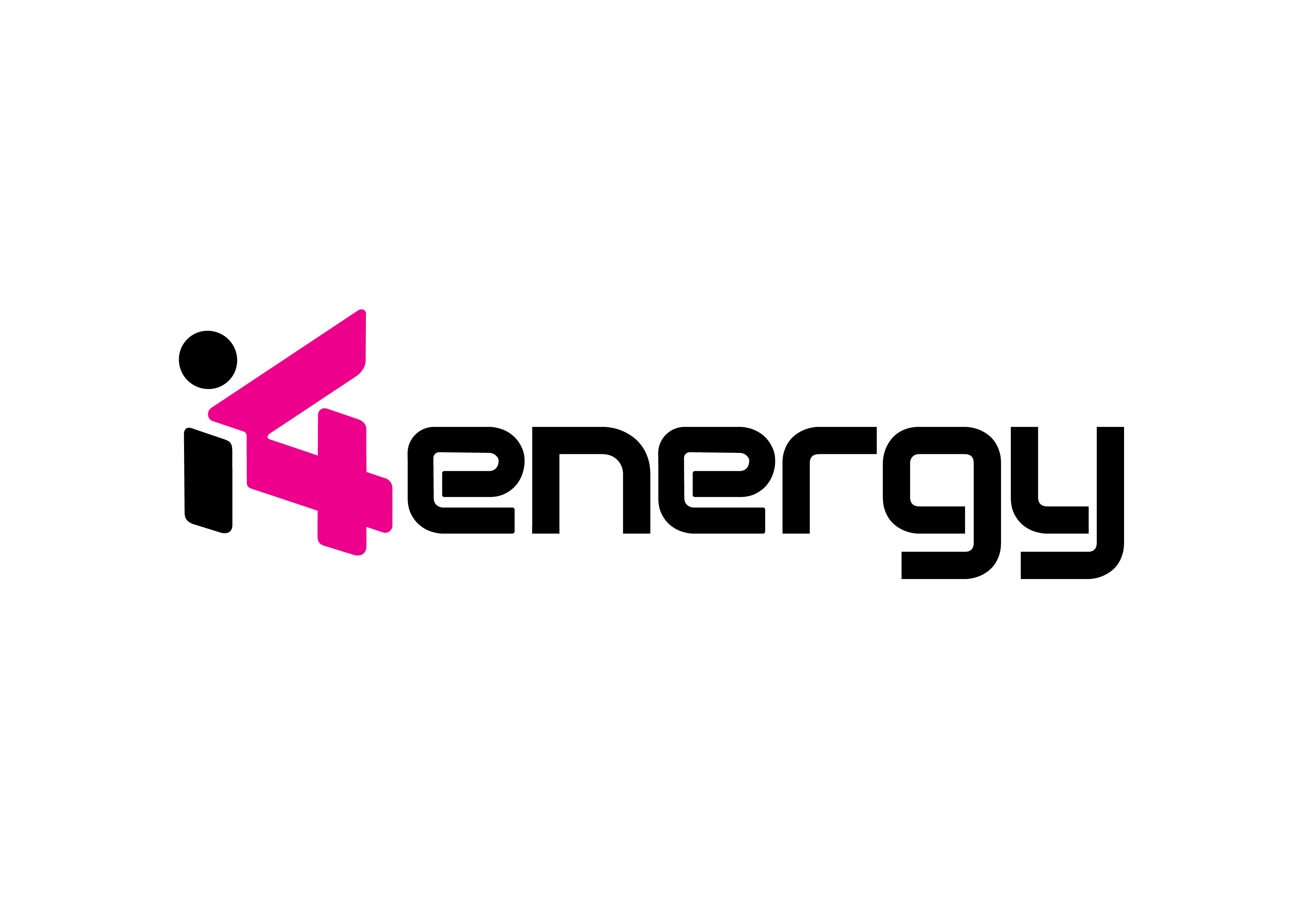

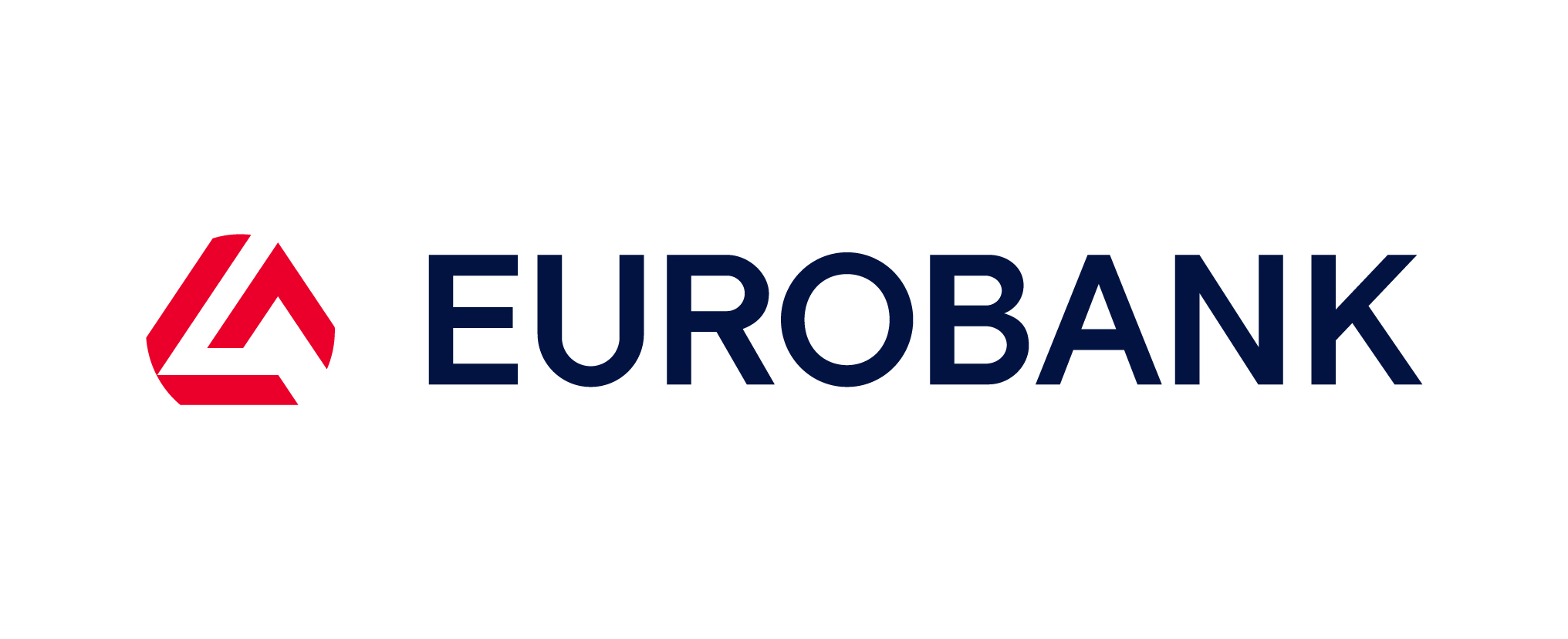

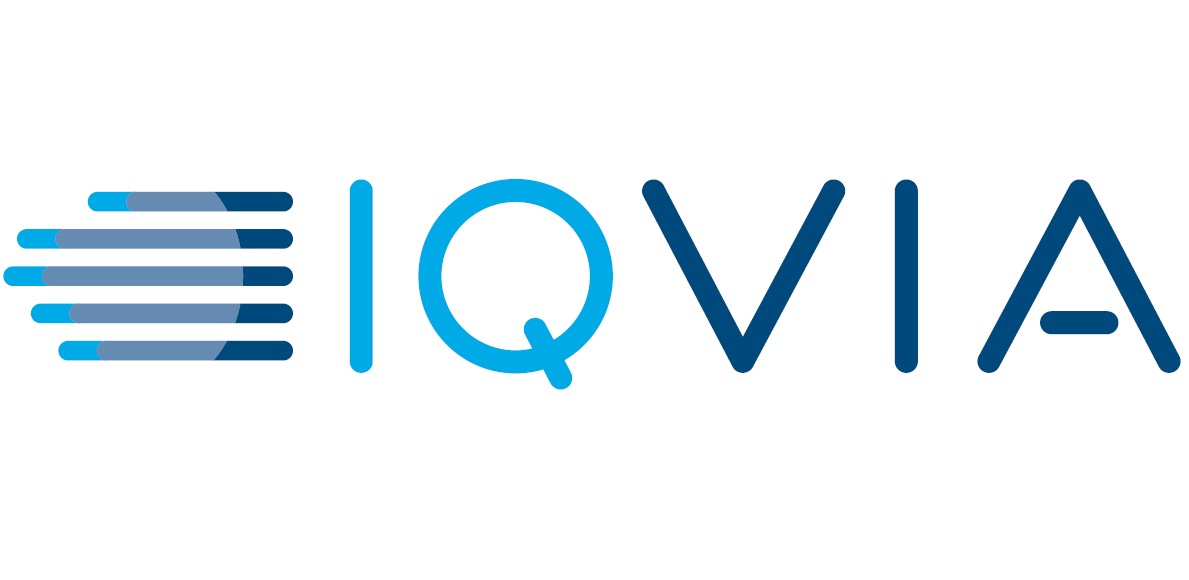



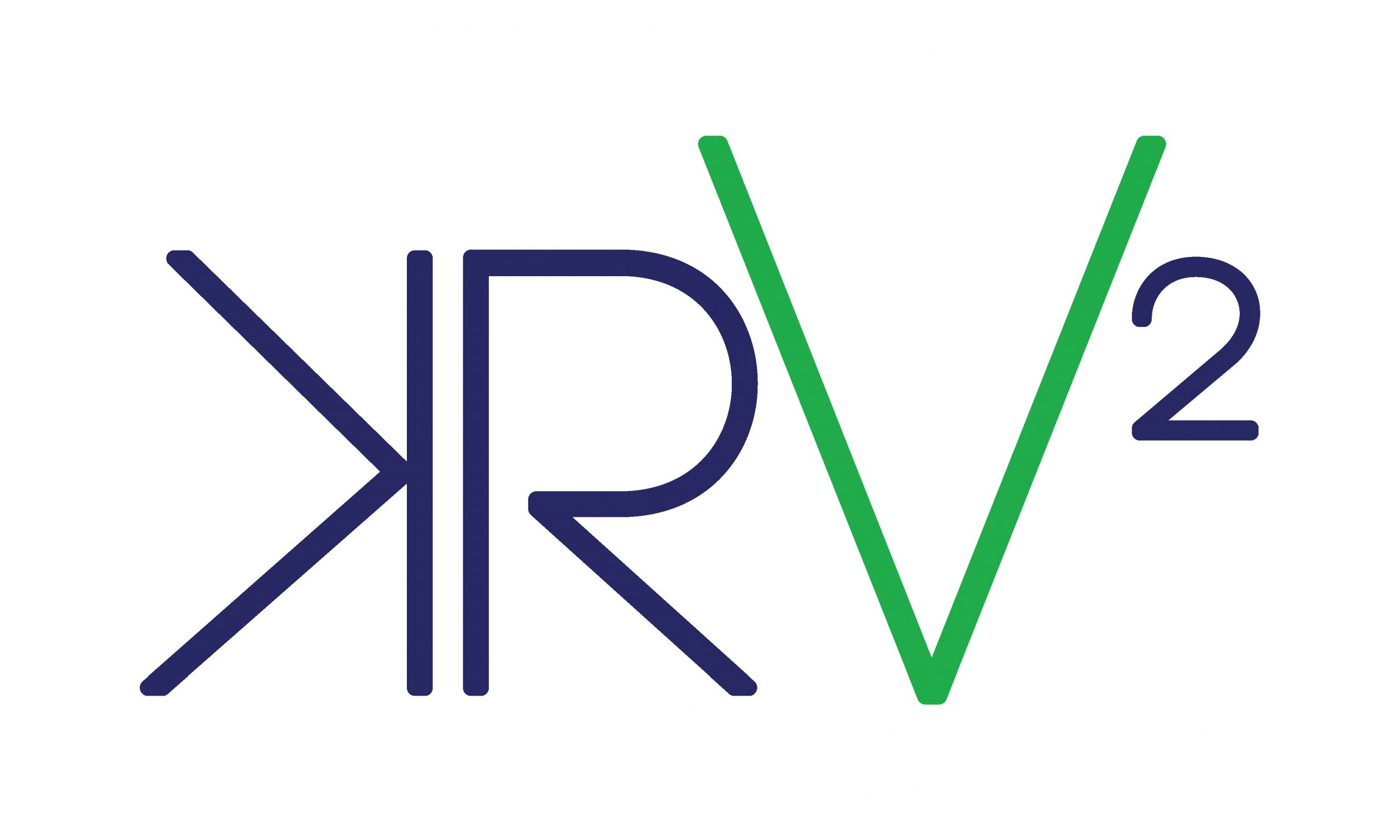

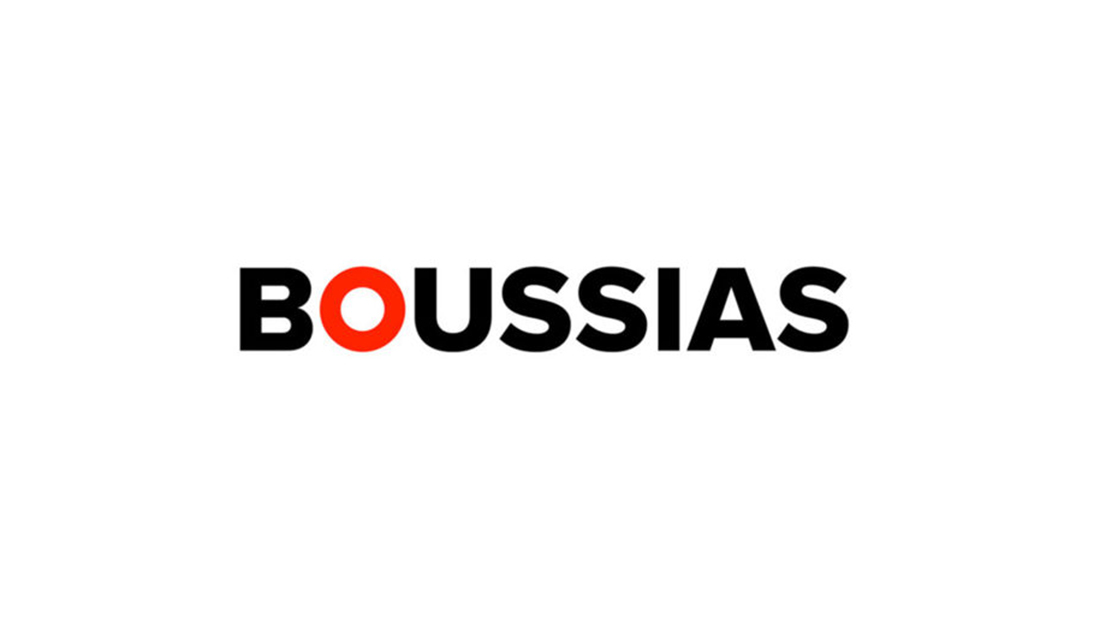



1.jpg)



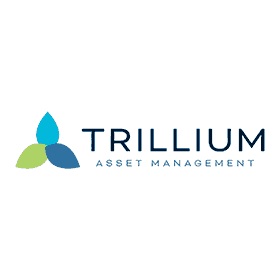

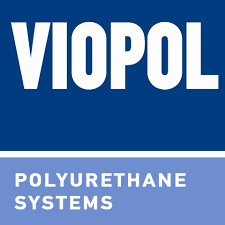






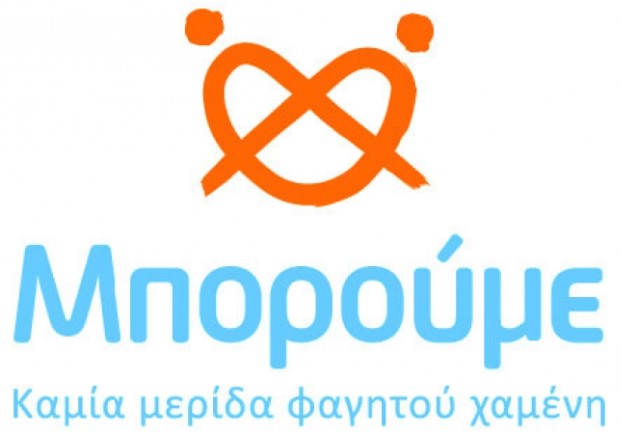




.jpg)





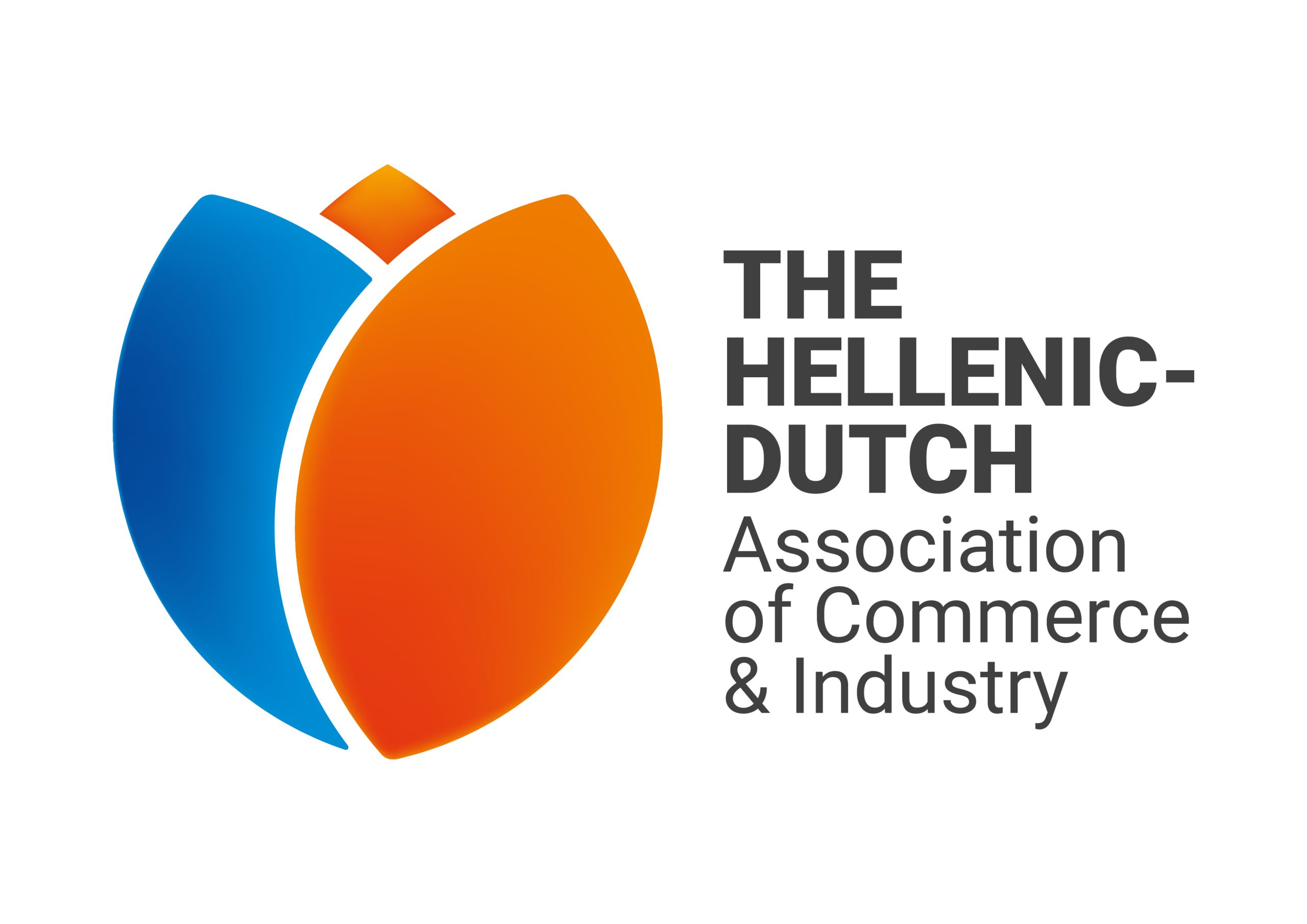
.jpg)



_.jpg)
.jpg)








